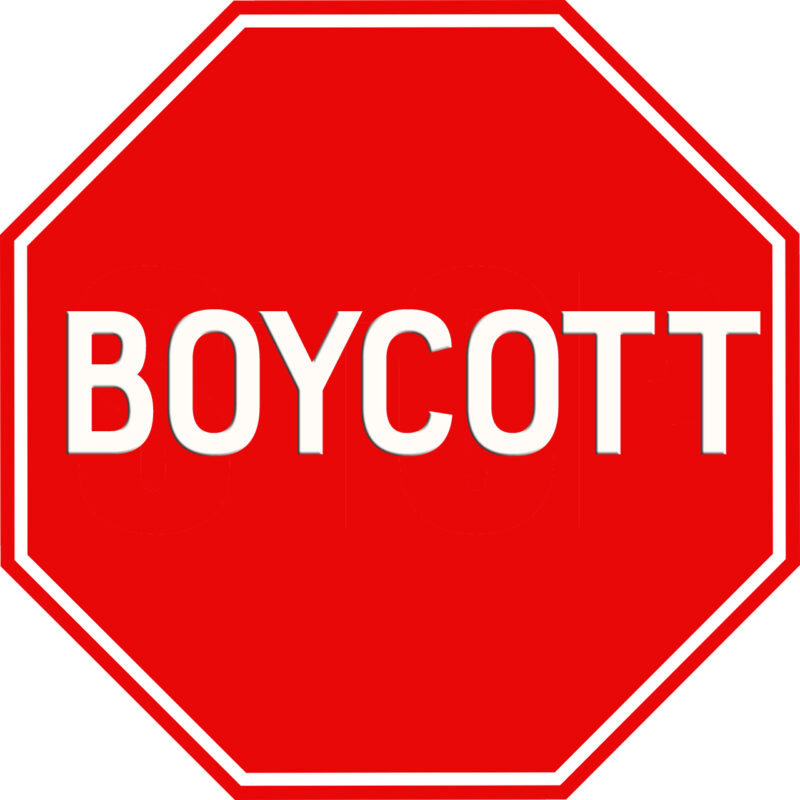Boycott campaigns have emerged as a powerful tool for social activism, enabling individuals and groups to express their disapproval of companies’ or countries’ actions or policies. By refusing to purchase goods or services from the target entity, boycotts aim to inflict economic harm and force them to change their behavior.
The Impact on Companies
Boycott campaigns can have a significant impact on companies, particularly those with a large customer base or a reputation for ethical practices. A boycott can lead to a decline in sales, damage brand reputation, and make it difficult for the company to attract investors or secure partnerships. In extreme cases, boycotts can even lead to bankruptcy.
The effectiveness of a boycott campaign depends on several factors, including the target company’s size and market share, the strength of public sentiment against the company’s actions, and the ability of the organizers to mobilize and sustain the boycott. However, even a small, grassroots boycott can have a ripple effect, as consumers may be influenced by the actions of others and reconsider their own purchasing decisions.
The Impact on Countries
Boycott campaigns can also target countries, particularly those that are considered pariah states or have engaged in human rights abuses. By refusing to purchase goods or services from a country, boycotts aim to pressure the government to change its policies and improve its human rights record.
The effectiveness of boycott campaigns against countries is often more difficult to assess than boycotts against companies. Countries have a wider range of resources to weather economic pressure, and they may be less sensitive to public opinion than companies. However, boycotts can still have a symbolic impact, damaging a country’s reputation and making it more difficult to attract foreign investment.
Examples of Successful Boycotts
There have been several successful boycott campaigns throughout history, demonstrating the power of this form of protest. Some notable examples include:
- The Montgomery Bus Boycott: In 1955, Rosa Parks refused to give up her seat on a segregated bus in Montgomery, Alabama, sparking a year-long boycott of the city’s public bus system. The boycott led to a Supreme Court ruling that declared segregation on public buses unconstitutional.
- The Nestle Boycott: In the 1970s, nestle was boycotted for its marketing of baby formula in developing countries, where it was often unaffordable and promoted over breastfeeding. The boycott forced Nestle to change its marketing practices and donate millions of dollars to support breastfeeding programs.
- The Divestment Movement: In the 1980s, a global movement called for divestment from companies that did business with apartheid South Africa. The movement was successful in pressuring companies to withdraw from South Africa, and it contributed to the eventual collapse of apartheid.
These examples demonstrate that boycott campaigns can be a powerful tool for social change. By mobilizing public opinion and inflicting economic harm on companies or countries, boycotts can force them to change their behavior and address pressing issues.
Conclusion
Boycott campaigns are a complex and multifaceted form of activism, with both potential benefits and drawbacks. While they can be effective in pressuring companies and governments to change their behavior, they also raise concerns about free speech, economic retaliation, and the unintended consequences of economic isolation. Ultimately, the effectiveness of boycotts depends on the specific circumstances and the ability of the organizers to mobilize public support and maintain the boycott over time.











